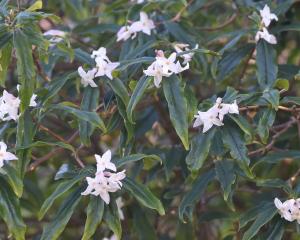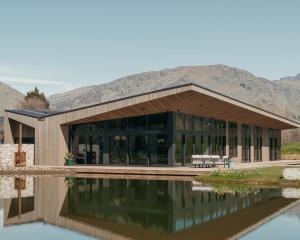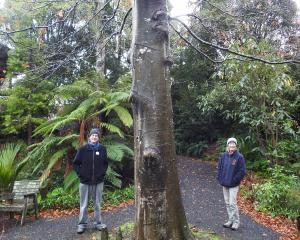
While I didn’t spot any immediate hazards, my attention was drawn to the bush interior where logs, branches, stumps, and dead standing trees have accumulated over many years.
This material, known to scientists as coarse woody debris, makes up a significant portion of a healthy forest’s biomass. It decays slowly, sequestering carbon and providing habitats for various species. Along with the insects, fungi and other microorganisms that enable its decomposition, it plays a crucial role in nutrient cycling within the forest ecosystem.
In Lovelock Bush, we focus on removing pest plants, animals, and hazardous branches near tracks, while resisting the urge to "clean up". Dead wood is left to decay naturally.
In her paper Messy Ecosystems, Orderly Frames landscape architect Joan Iverson Nassauer highlights a challenge for managing "wild" patches within populated areas: "ecological quality tends to look messy".
She suggests that "orderly frames" around "messy", biodiverse ecosystems offer visual cues of good stewardship which urban dwellers unconsciously "read" as more attractive.
In Lovelock Bush, well-maintained tracks offer access and contrast to the raw, untamed forest beyond.
This visual language appears throughout the Dunedin Botanic Garden, like grassy meadows bordered by mown borders, bulbs naturalised in defined spaces and perennials allowed to billow and seed within edged herbaceous borders.
If you have limited time in your own garden, keep in mind that "messy" areas can be biodiversity havens. Consider framing them with an "orderly" border for added visual appeal.
—Kate Caldwell is the native plants collection curator at the Dunedin Botanic Garden.













